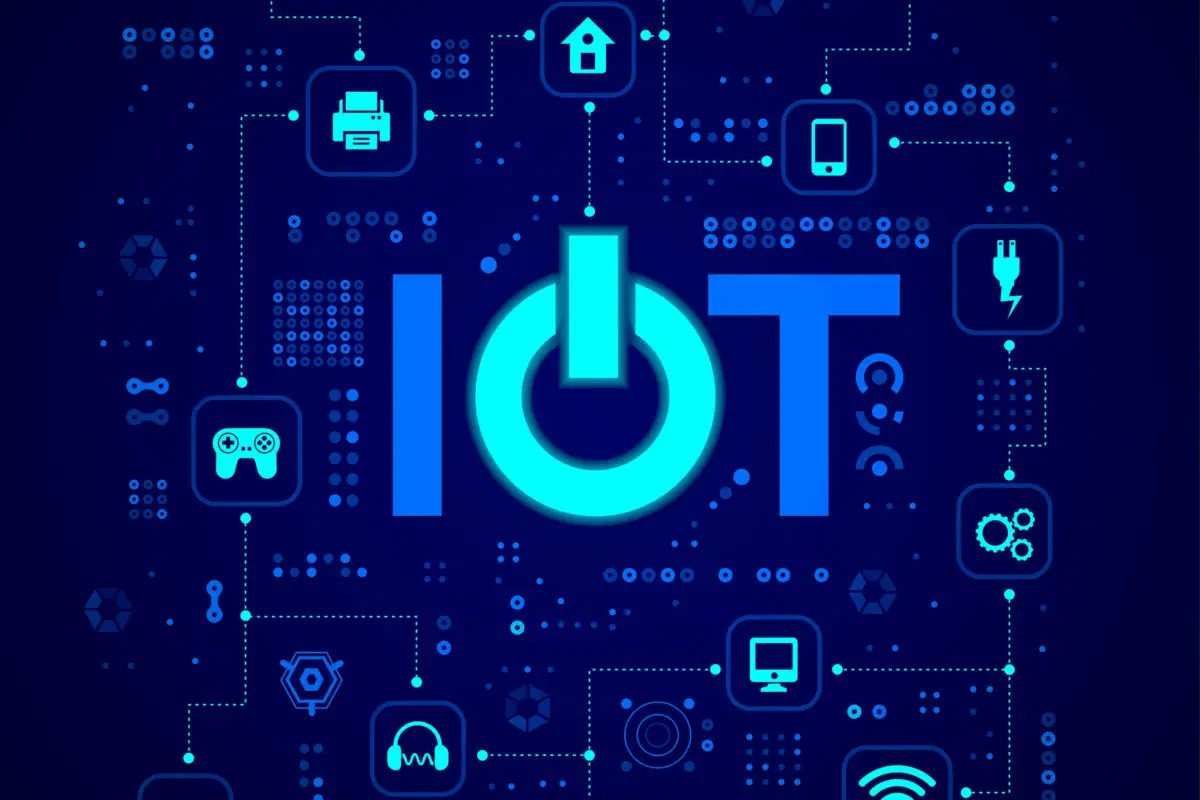
The Internet of Things (IoT) is a network of physical objects, devices, vehicles, buildings, and other items that are embedded with electronics, software, sensors, and connectivity that allow them to collect and exchange data. The concept of IoT is to connect everyday objects to the internet and enable them to communicate with each other and with humans. The IoT is an emerging technology that is transforming the way we live and work. With IoT, devices can communicate with each other and automate tasks without human intervention. For example, a smart thermostat can automatically adjust the temperature based on your preferences and the weather outside. Similarly, a smart refrigerator can order groceries when you're running low on supplies. IoT devices can be connected to each other and to the internet using a range of communication technologies, including Wi-Fi, Bluetooth, cellular networks, and satellite. The data collected by these devices can be analyzed to provide insights that can be used to optimize processes, reduce costs, and improve efficiency. However, the IoT also presents challenges, including security risks and privacy concerns. As more devices are connected to the internet, there is a greater risk of cyber attacks and data breaches. It is important to ensure that IoT devices are secure and that they protect the privacy of individuals. Overall, the IoT has the potential to transform the way we live and work, and it is an area of rapid innovation and growth. As more devices become connected, we can expect to see new use cases and applications that will further enhance the benefits of this technology.